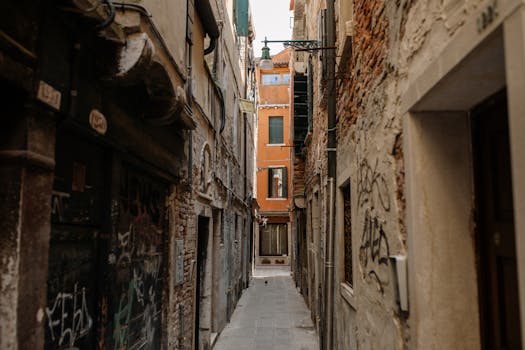
Traveling Through Time: How Europe’s Historical Heritage Shapes Modern Lifestyles in 2025
Introduction to Europe’s Historical Heritage
Traveling Through Time: How Europe’s Historical Heritage Shapes Modern Lifestyles in 2025. Europe, a continent steeped in history and tradition, has a unique ability to blend its rich heritage with modern lifestyles. From the snow-capped Alps to the sun-kissed Mediterranean beaches, Europe’s diverse landscapes and cultures have been shaped by centuries of history, art, and architecture. As we journey through this captivating continent, we will explore how Europe’s historical heritage continues to influence contemporary lifestyles, from the food we eat to the buildings we inhabit.
The Impact of Historical Heritage on Modern Architecture
One of the most striking ways in which Europe’s historical heritage shapes modern lifestyles is through its architecture. From the grandiose cathedrals of Gothic Europe to the sleek, modern skyscrapers of contemporary cities, the built environment reflects the continent’s complex and varied history. Many European cities, such as Rome, Paris, and Barcelona, have carefully preserved their historical architecture, incorporating ancient buildings and monuments into the modern urban landscape. This blend of old and new creates a unique and captivating atmosphere, where modern lifestyles coexist with the timeless charm of historical heritage.
Cultural Heritage and Modern Lifestyles
Culture plays a significant role in shaping modern lifestyles, and Europe’s historical heritage is no exception. The continent is home to a vast array of cultural traditions, from the vibrant arts scene of Florence to the rich folklore of Eastern Europe. These cultural heritage sites, such as museums, galleries, and festivals, not only attract tourists but also contribute to the local community’s sense of identity and belonging. Moreover, the preservation of cultural heritage has become an essential aspect of modern urban planning, as cities strive to balance development with the conservation of their historical and cultural assets.
Food, Wine, and Historical Heritage
European cuisine is renowned for its diversity and richness, reflecting the continent’s complex history and cultural exchange. From the spicy flavors of Italian pasta dishes to the delicate pastries of French patisserie, food and wine play a vital role in shaping modern lifestyles. Many traditional European dishes have their roots in historical heritage, with recipes passed down through generations and often influenced by the continent’s complex history of trade, migration, and cultural exchange. The appreciation and preservation of traditional cuisine have become an essential aspect of modern European culture, with many cities and regions promoting their unique gastronomic heritage as a way to attract tourists and support local economies.
Conclusion: The Timeless Charm of Europe’s Historical Heritage
In conclusion, Europe’s historical heritage continues to shape modern lifestyles in profound and lasting ways. From architecture to culture, food, and wine, the continent’s rich history and tradition have created a unique and captivating environment that attracts visitors from around the world. As we travel through time and explore the timeless charm of Europe’s historical heritage, we are reminded of the importance of preserving our cultural and historical assets for future generations. Whether you are a history buff, a foodie, or simply a curious traveler, Europe’s historical heritage is sure to leave a lasting impression, inspiring a deeper appreciation for the complex and varied history of this incredible continent.




